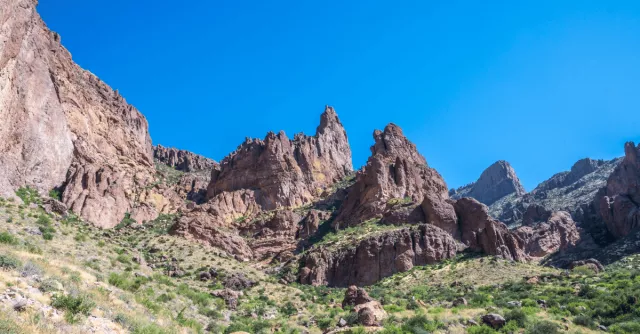2021: Third-Costliest Year on Record for U.S. Natural Disasters

According to the National Oceanic and Atmospheric Administration (NOAA), 2021 was the third costliest year on record for natural disasters in the U.S. In fact, the administration says there were 20 weather/climate-related events with losses exceeding $1 billion each. These included one drought event, two flooding events, 11 severe storm events, four cyclone events, one wildfire event, and one winter storm event.
Of these 20 disasters, the following three top the list for economic damage.
1) Hurricane Ida, a deadly and destructive Category 4 storm that made landfall in August 2021 (approximately $75 billion)
2) Extreme cold, which resulted in numerous and lengthy power outages in Texas and the central U.S. in February 2021 (roughly $24 billion)
3) A series of wildfires in California and other western states (around $10.6 billion)
Even more concerning than the staggering costs of these and other weather/climate-related events in 2021 was the death toll. Records indicate that 688 people perished due to various impacts from last year’s natural disasters. And obviously, no one can put a price on such emotional losses.
Given these numbers (and the known effects of climate change), most everyone is wondering, if not worrying, about what’s in store for 2022 and beyond. We’re just two months into the year and there has already been a deadly tornado outbreak in the South, record-breaking rain- and snowfall in the Northwest, and unusually frigid temperatures in the Midwest. Not to mention a major nor’easter in New England.
March marks the beginning of spring storm and tornado season. And as hard as it is to believe, we are only three months away from the start of the 2022 Atlantic Hurricane Season. It officially begins on June 1st.
It is still too early to forecast the number of tropical systems and hurricanes for the 2022 season, but scientists at Colorado State University are thinking it may be another busy one. And that’s certainly not the news we all want to hear after last year’s record-breaking disasters. Only time will tell.
Speaking of which, now is the perfect time to review your organization’s emergency/continuity of operations plan. Or better yet, conduct an exercise. Additionally, review your state, local, or tribal government’s hazard mitigation plan to see if there are any projects that can be acted upon in the near term. By doing so, you may not only gain improvements in preparedness but also reduce potential losses from 2022 (and future) natural disasters.



